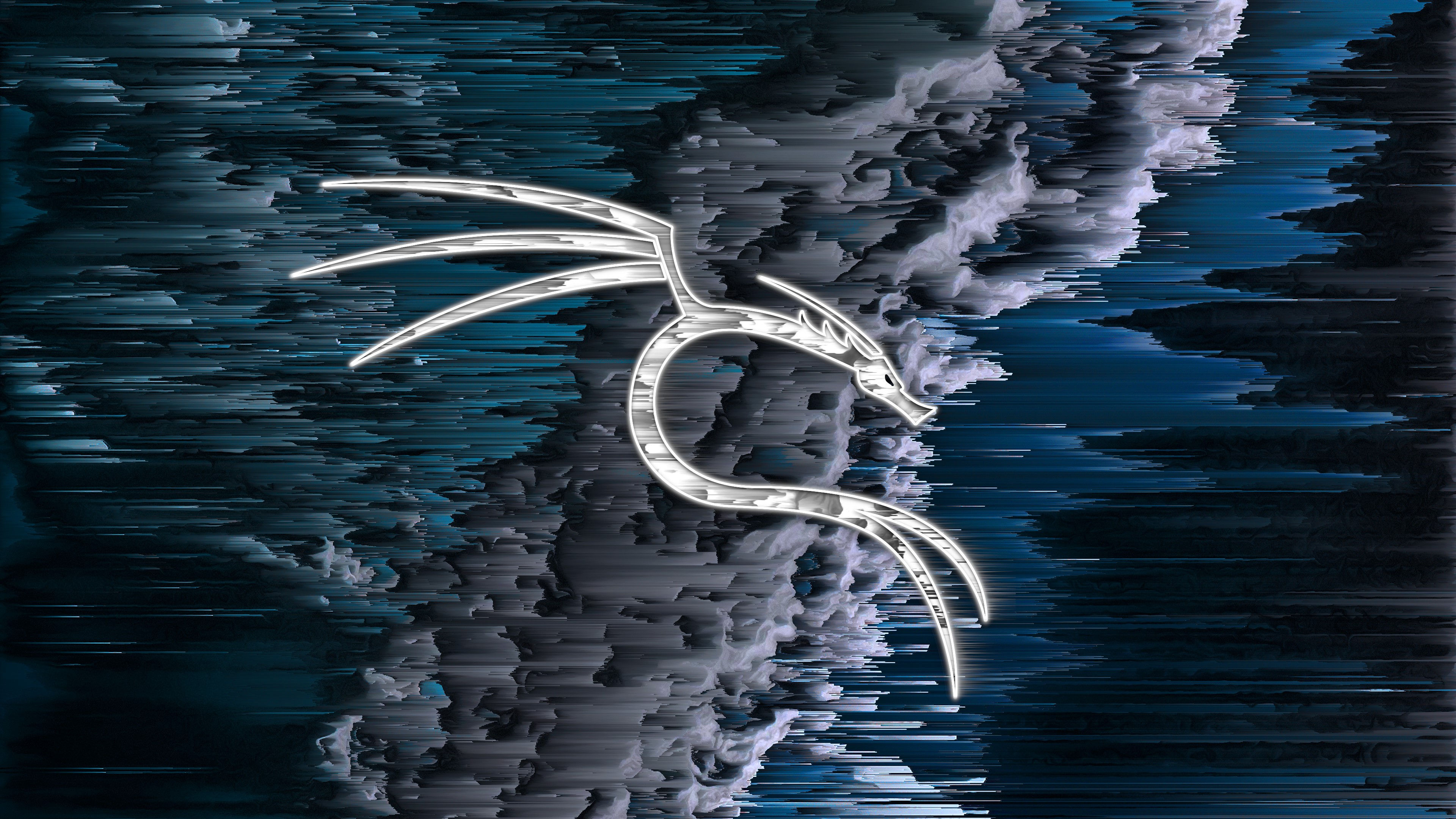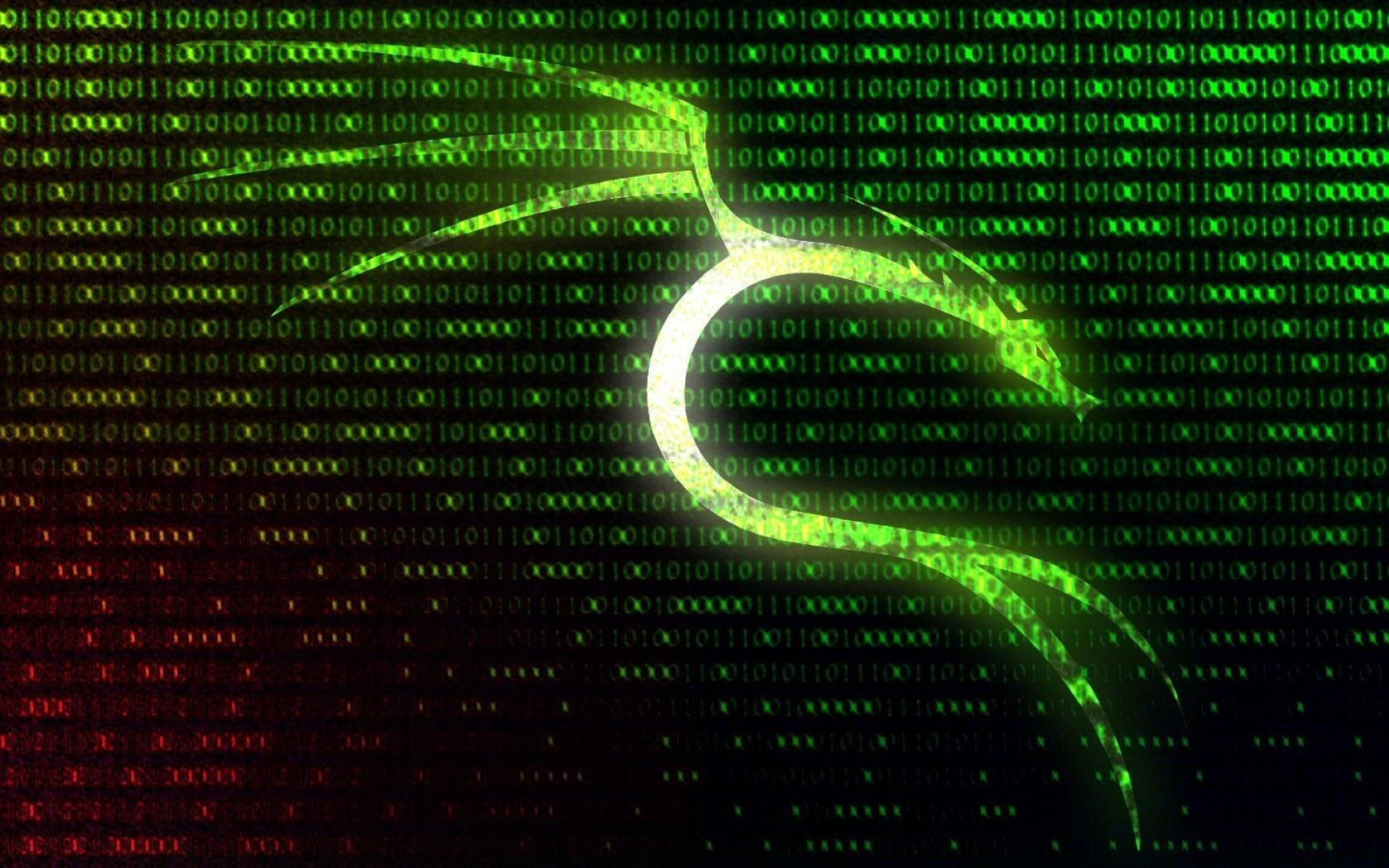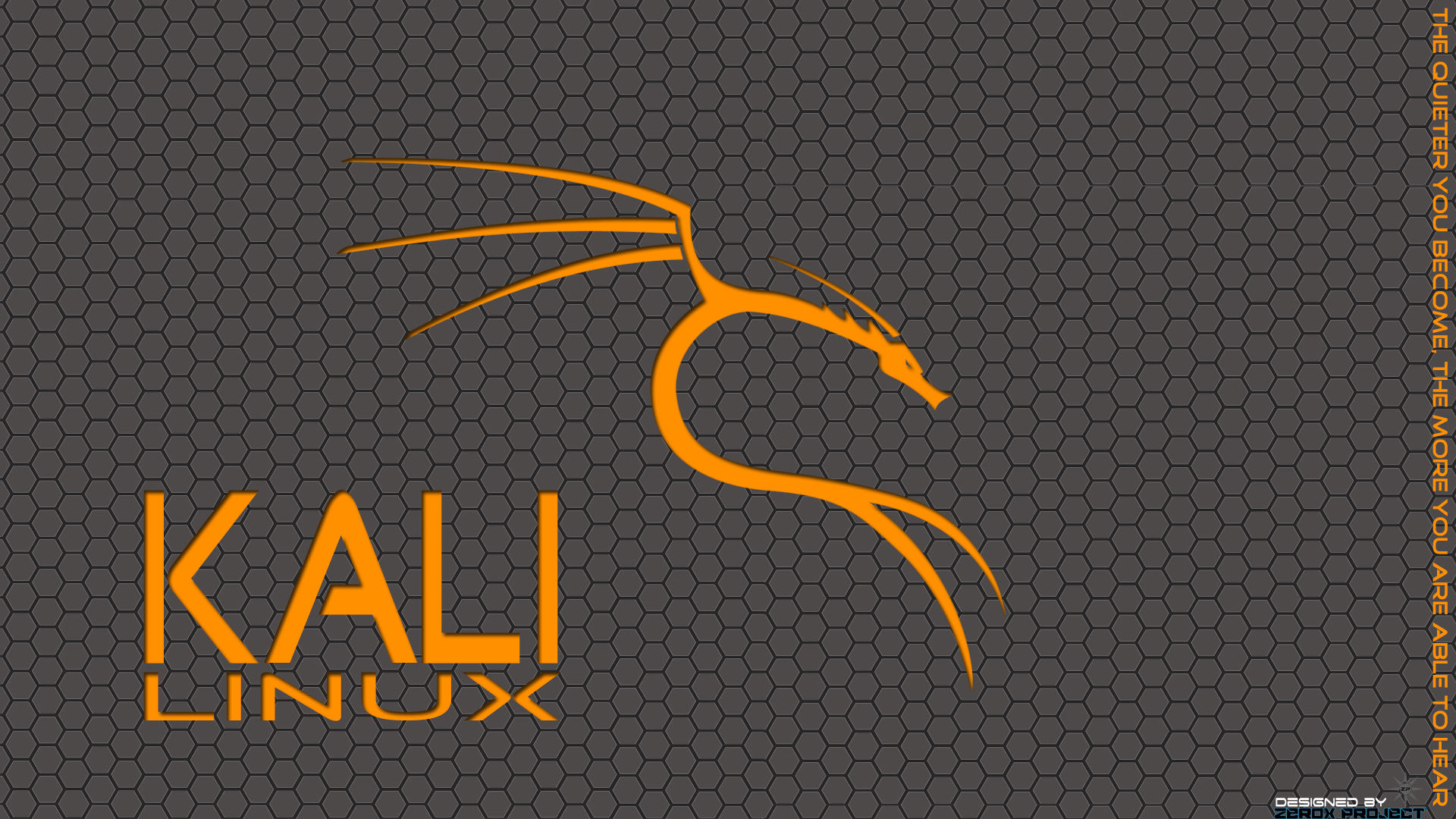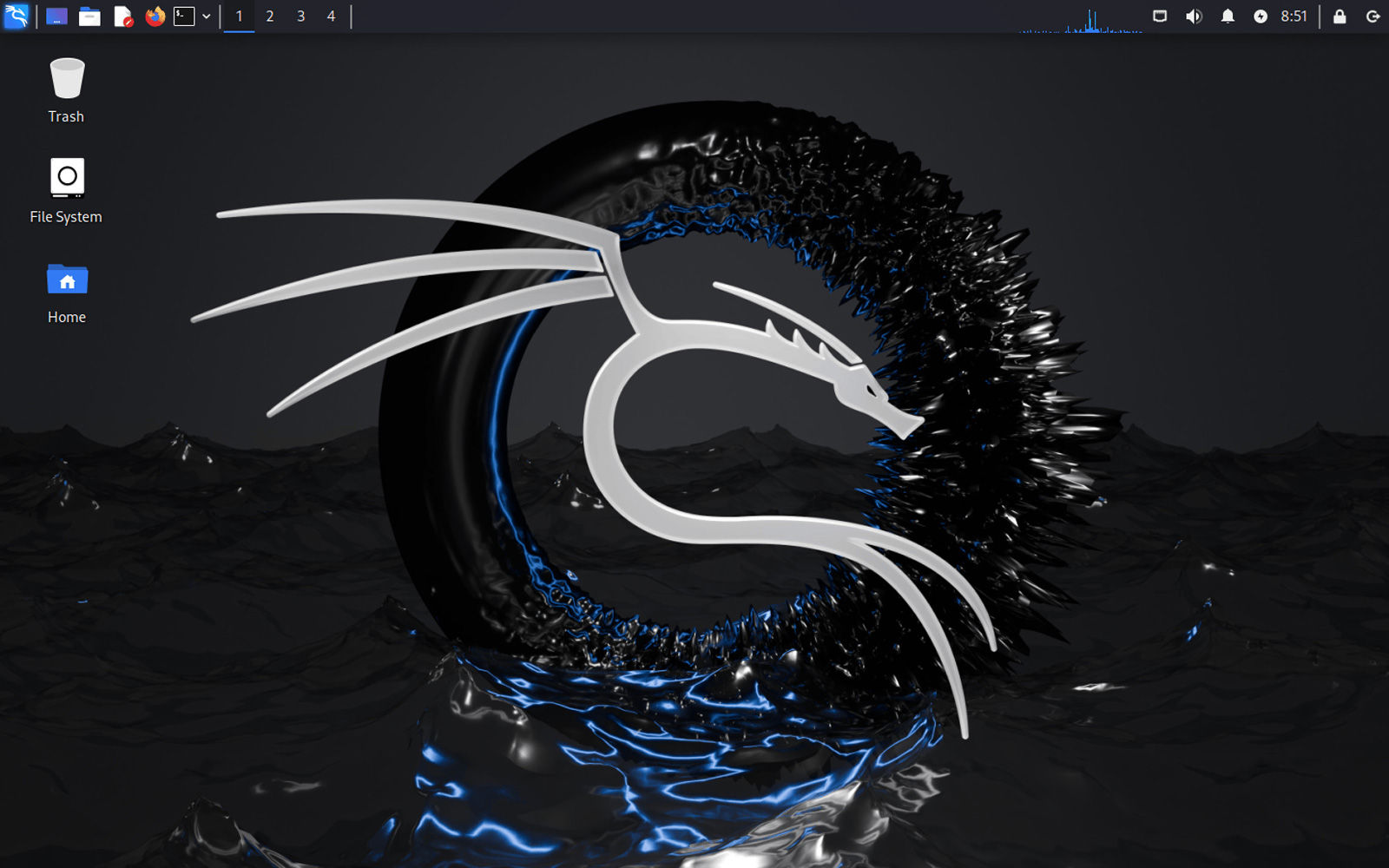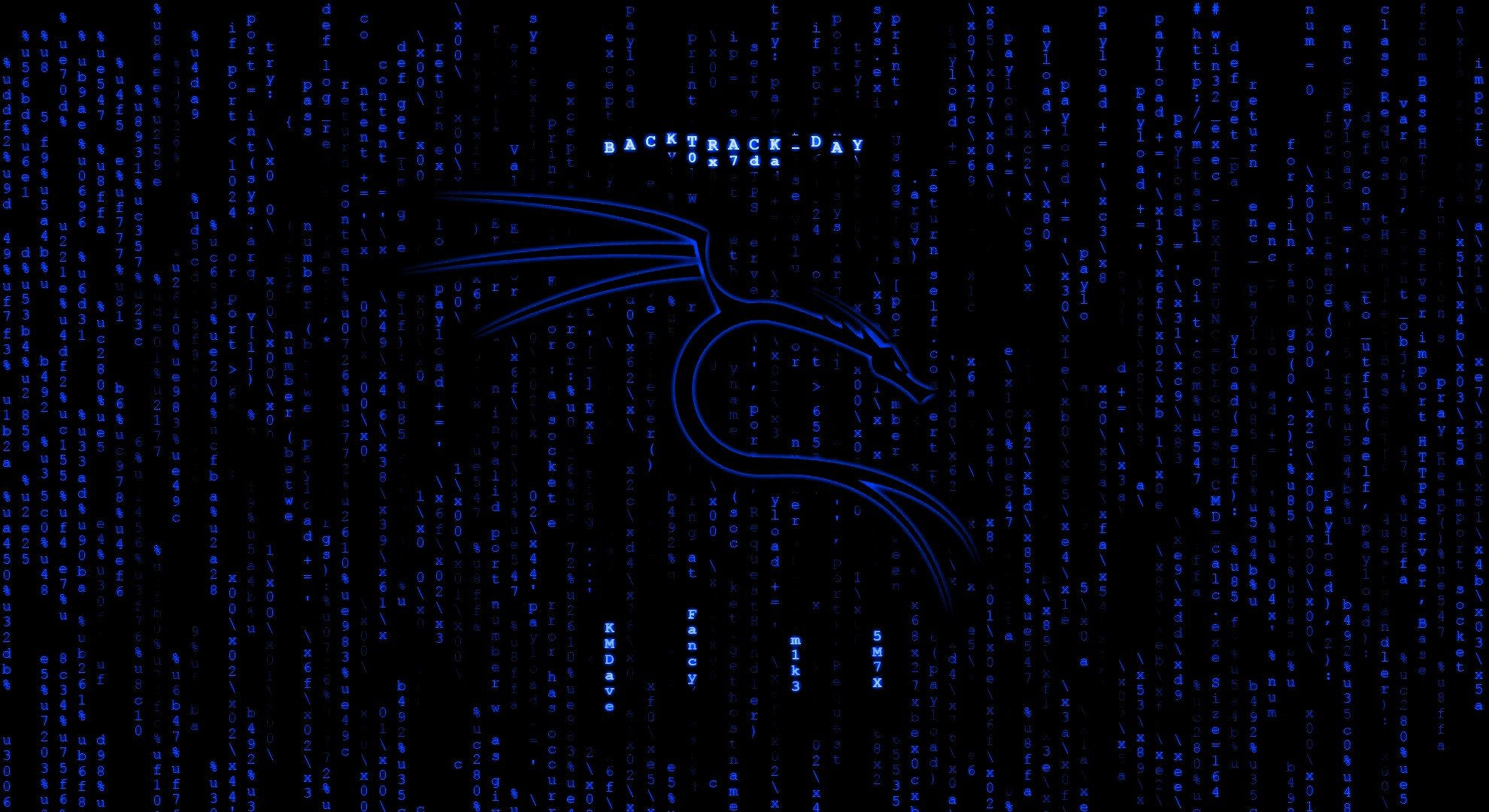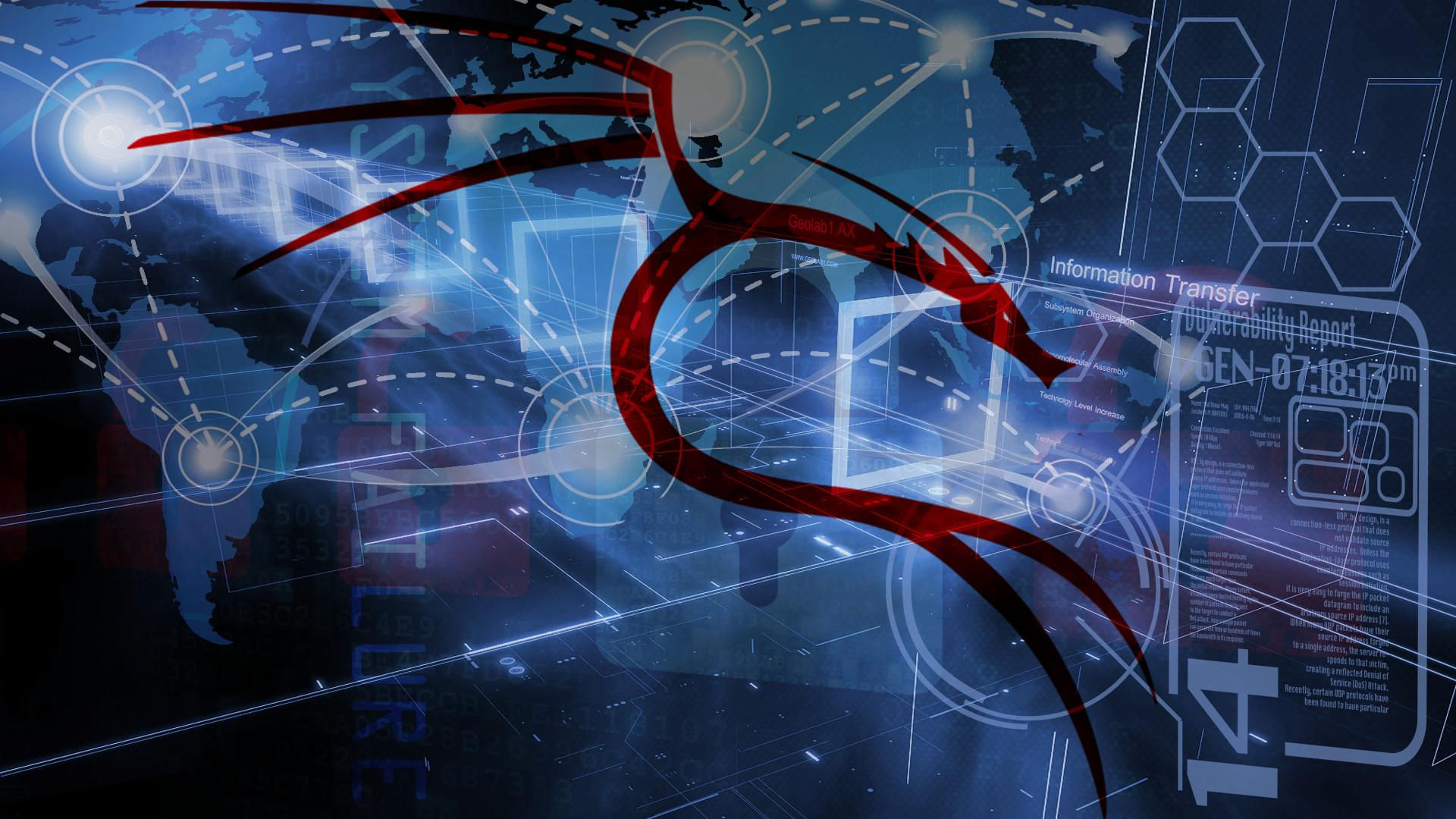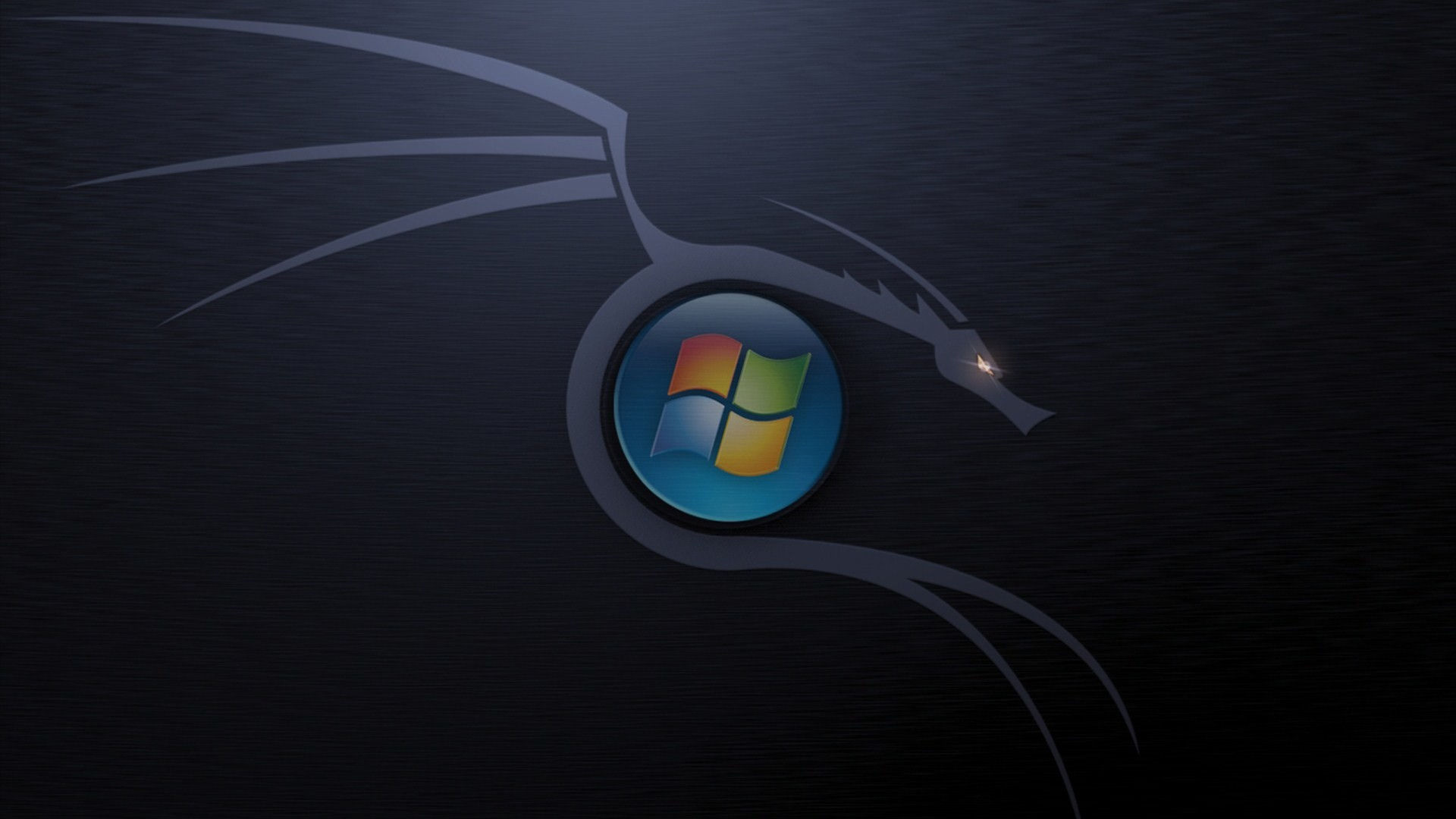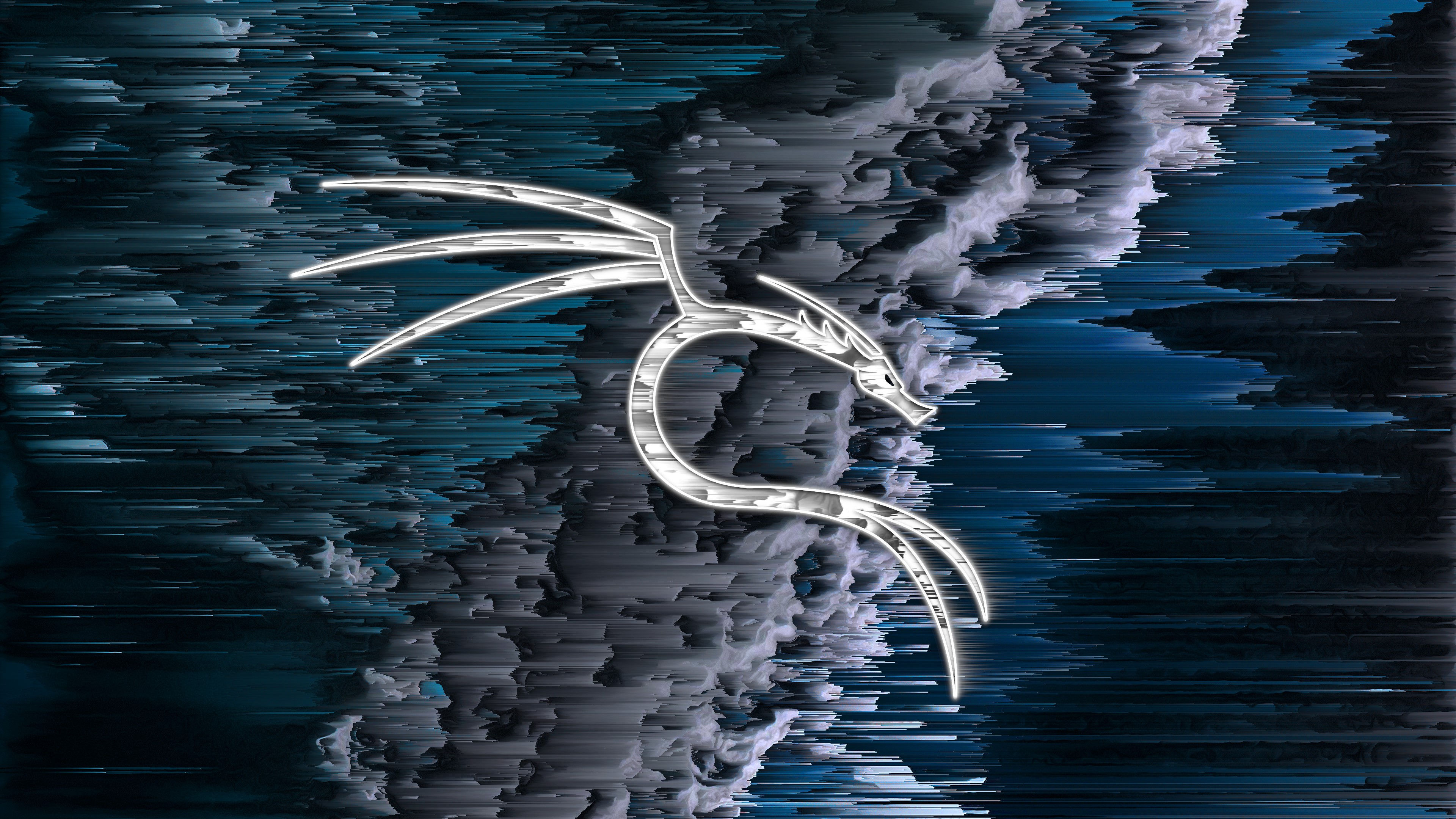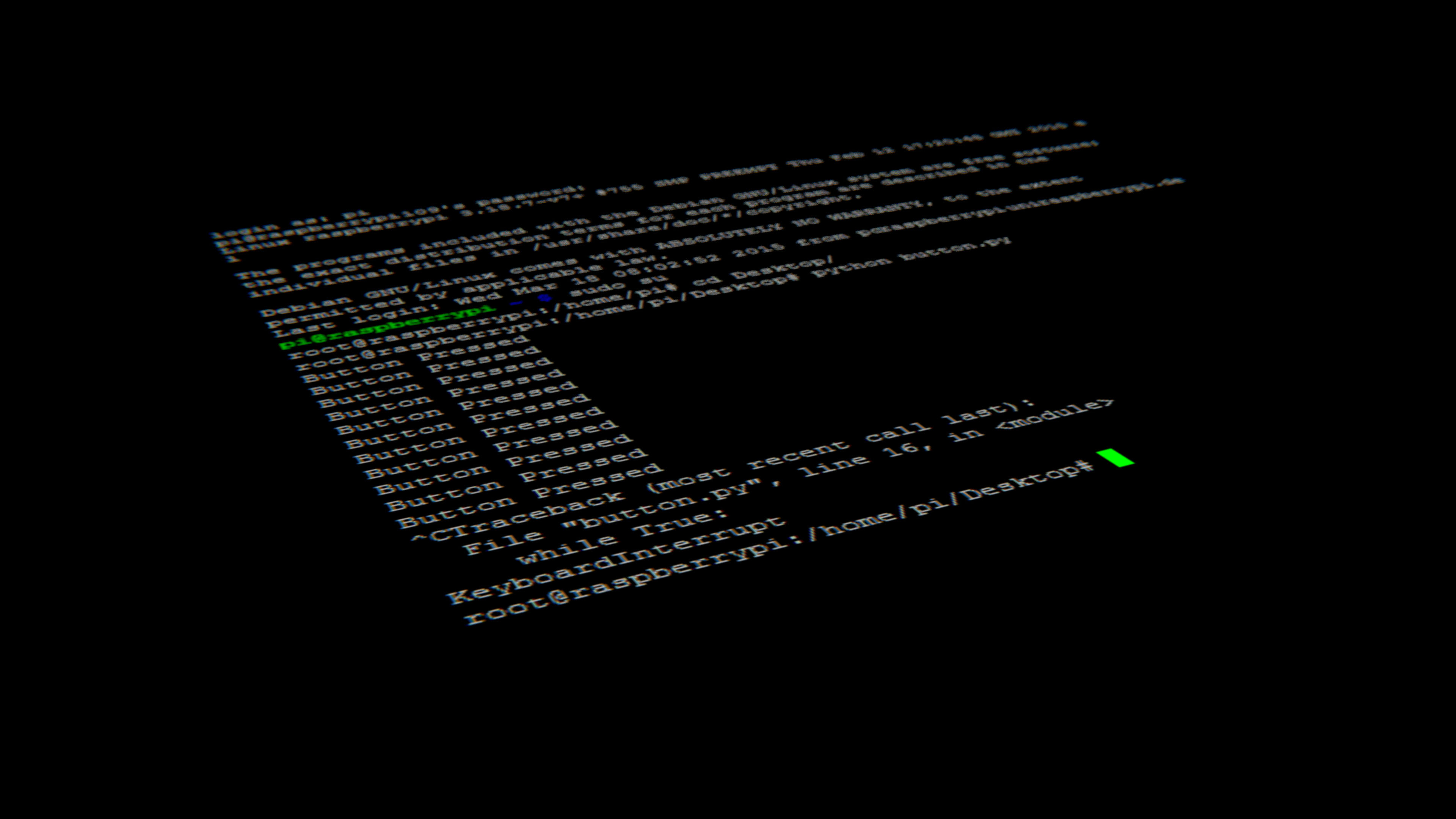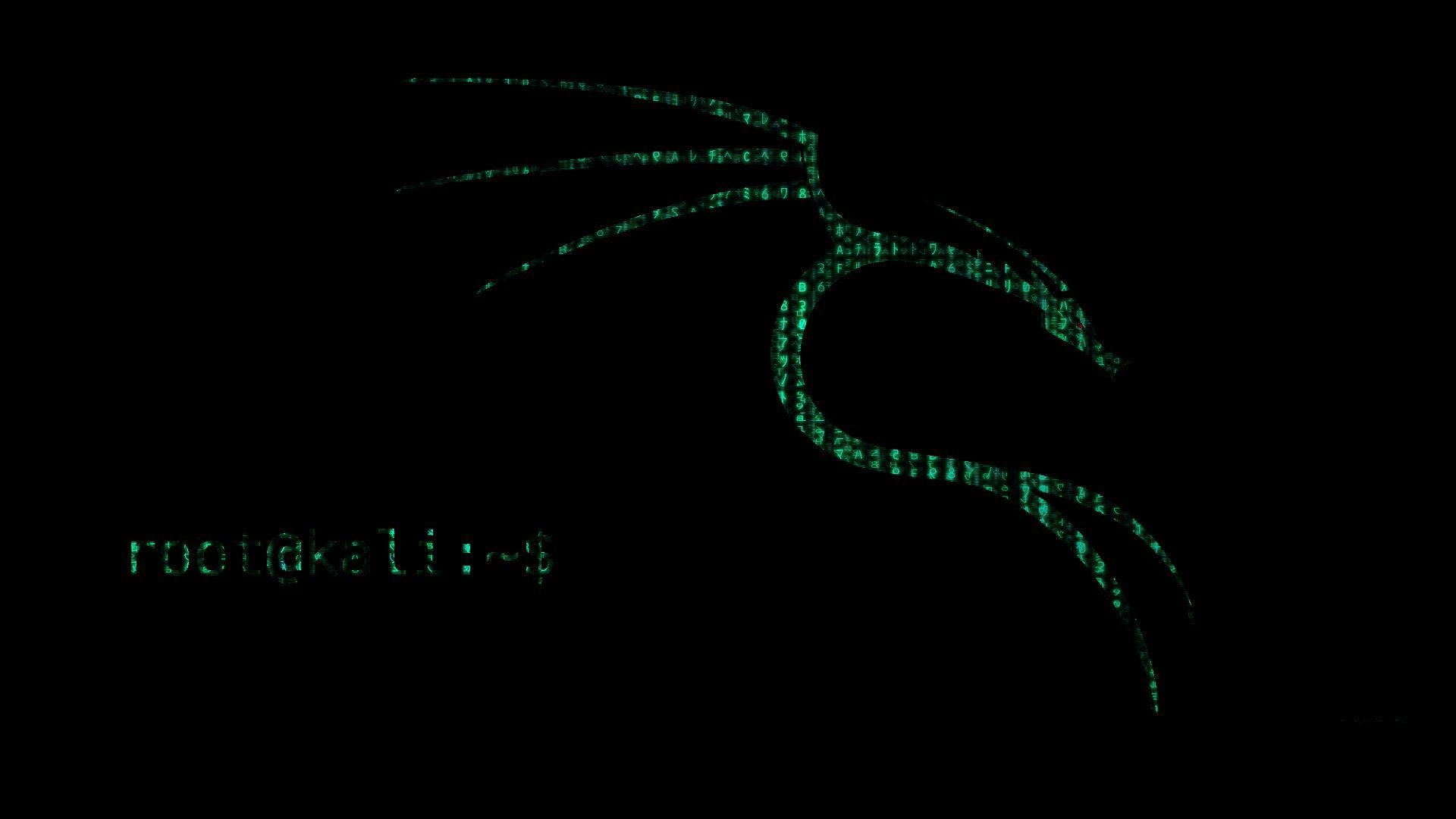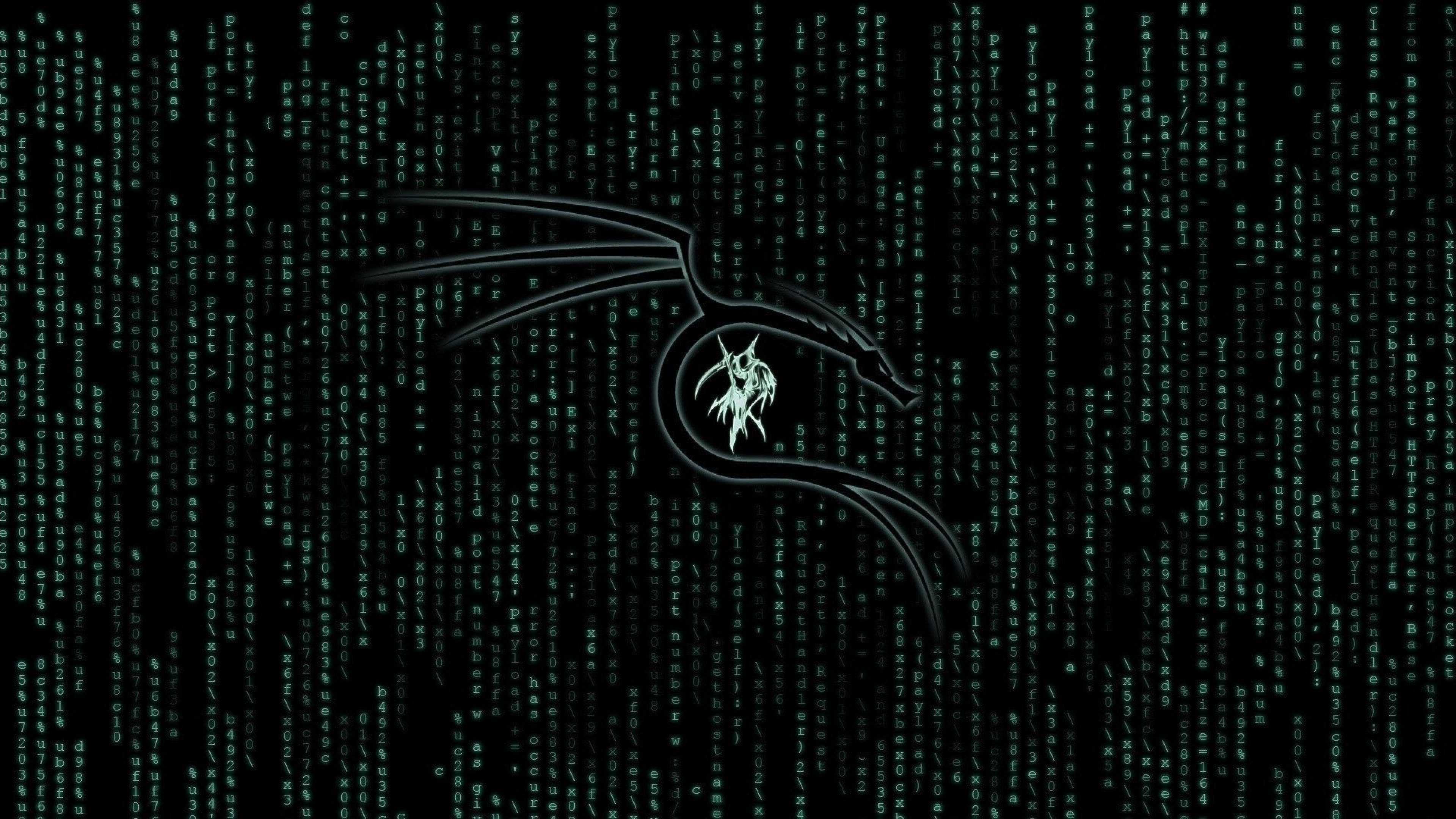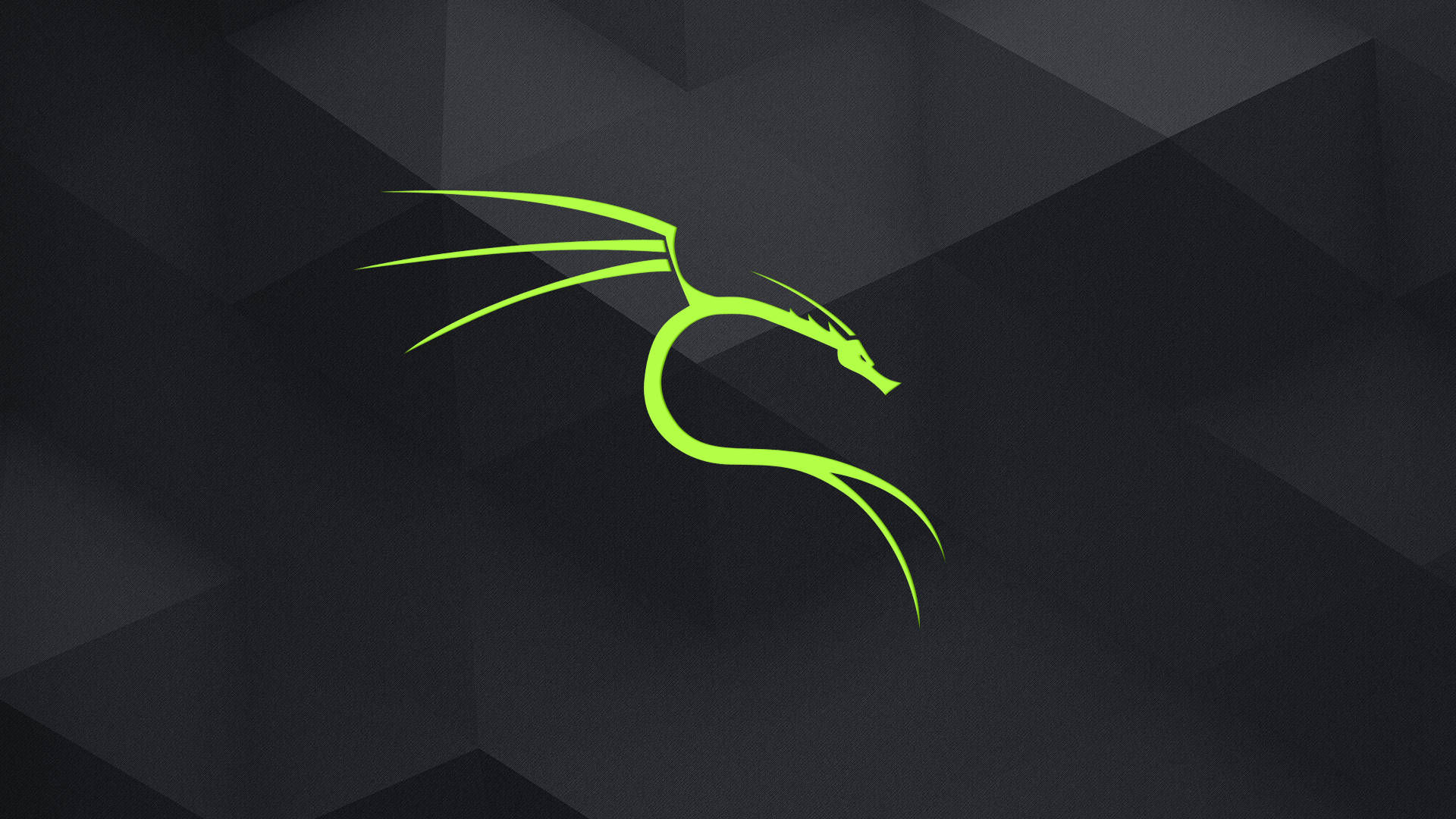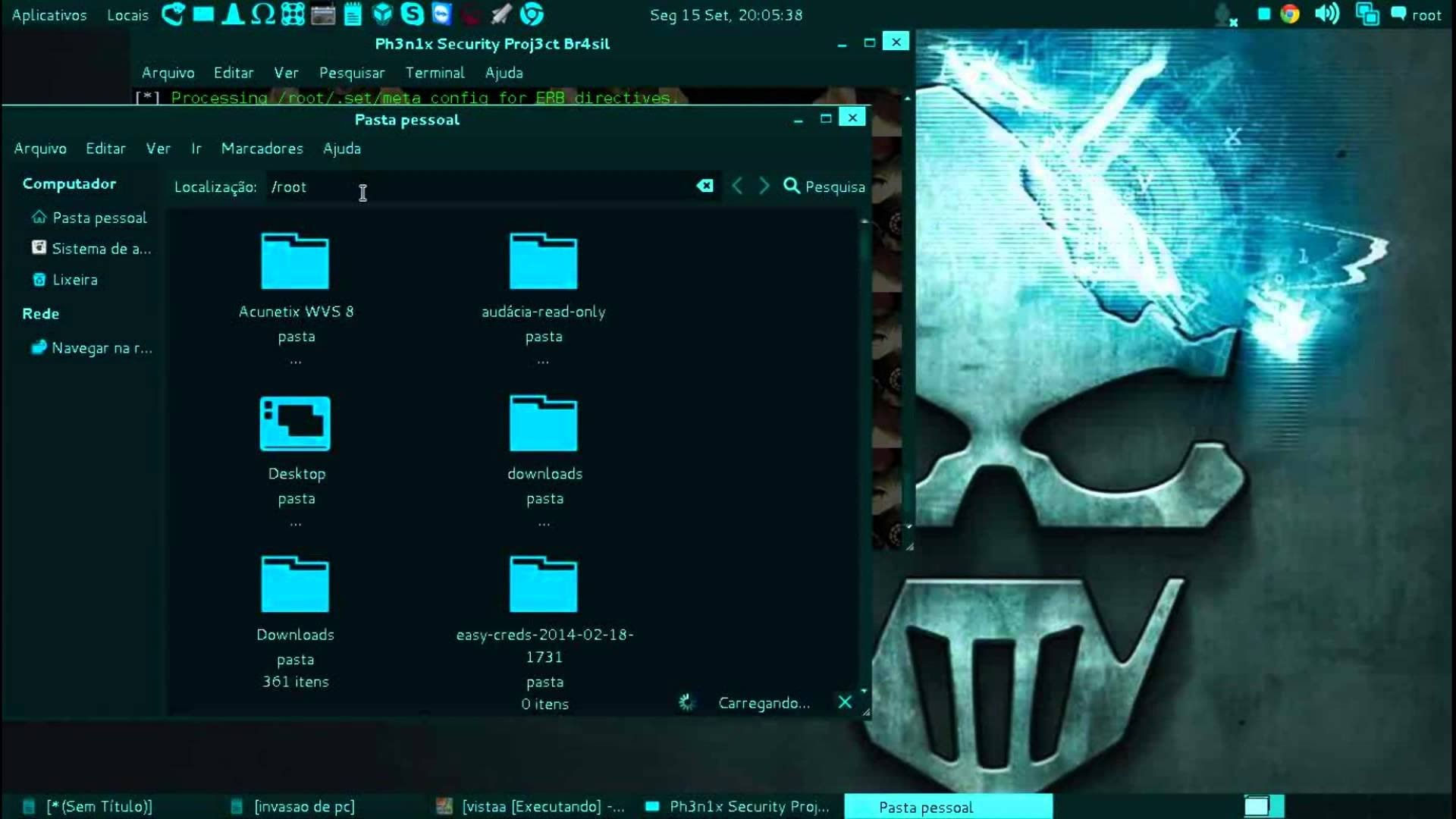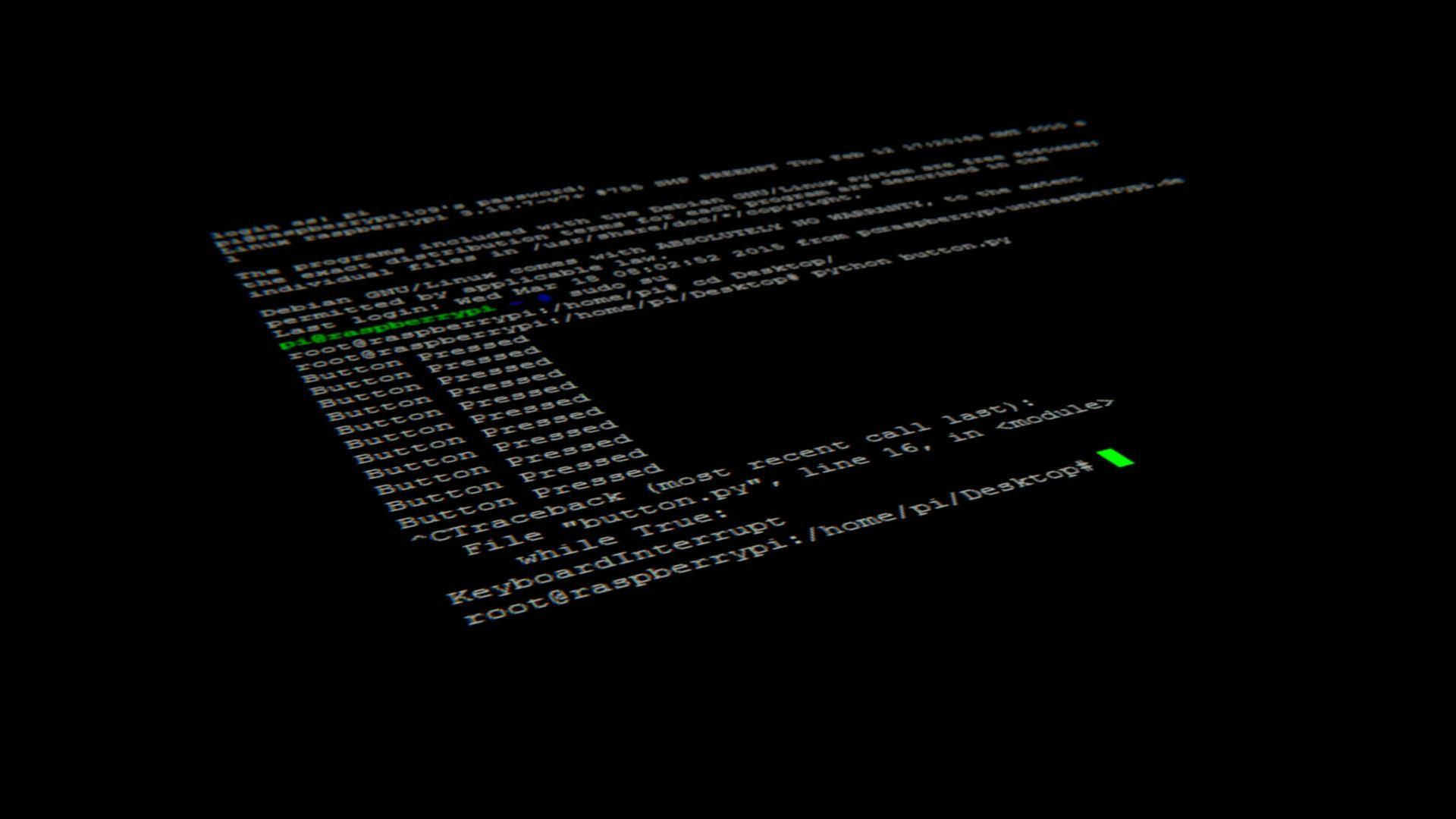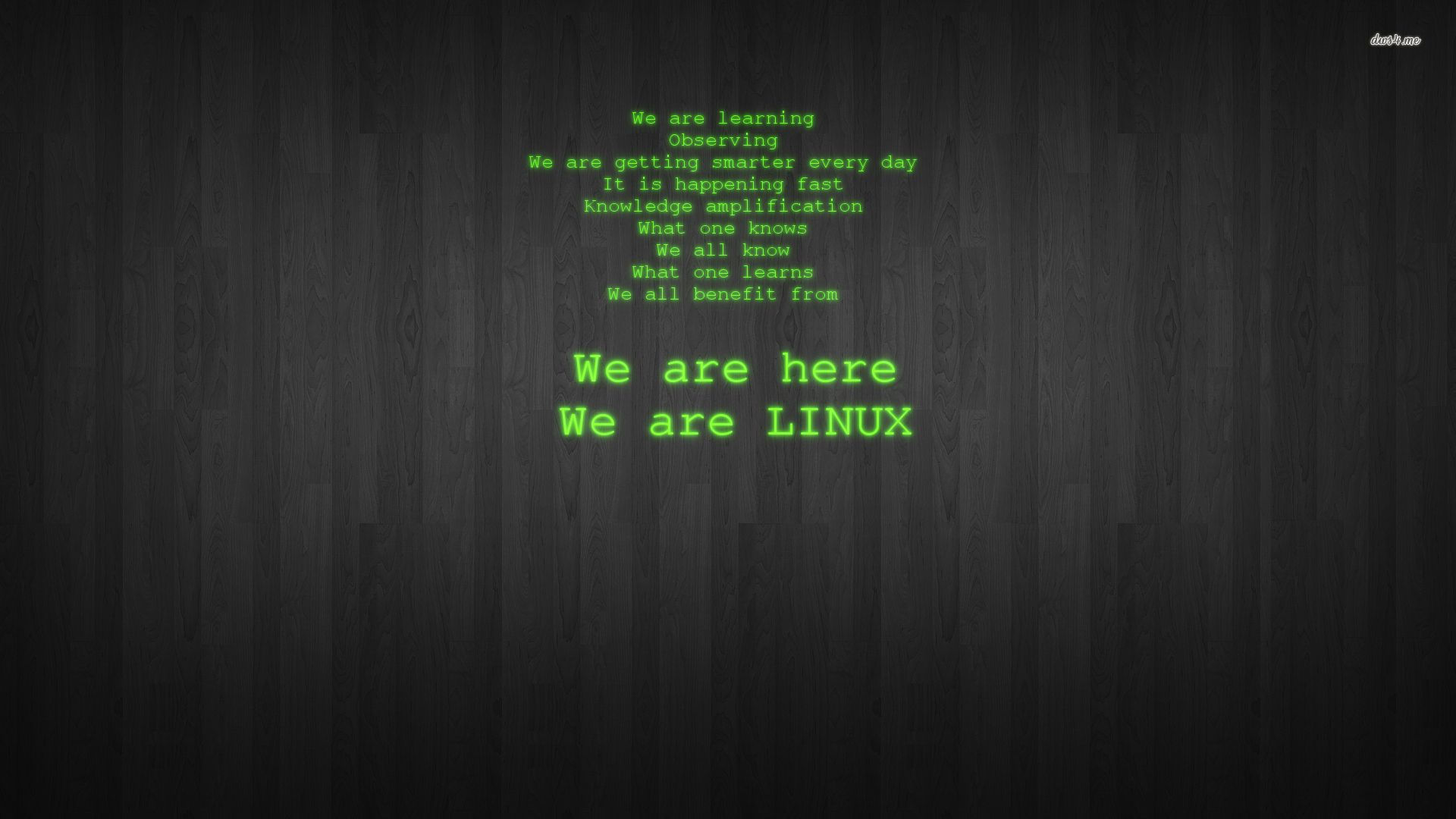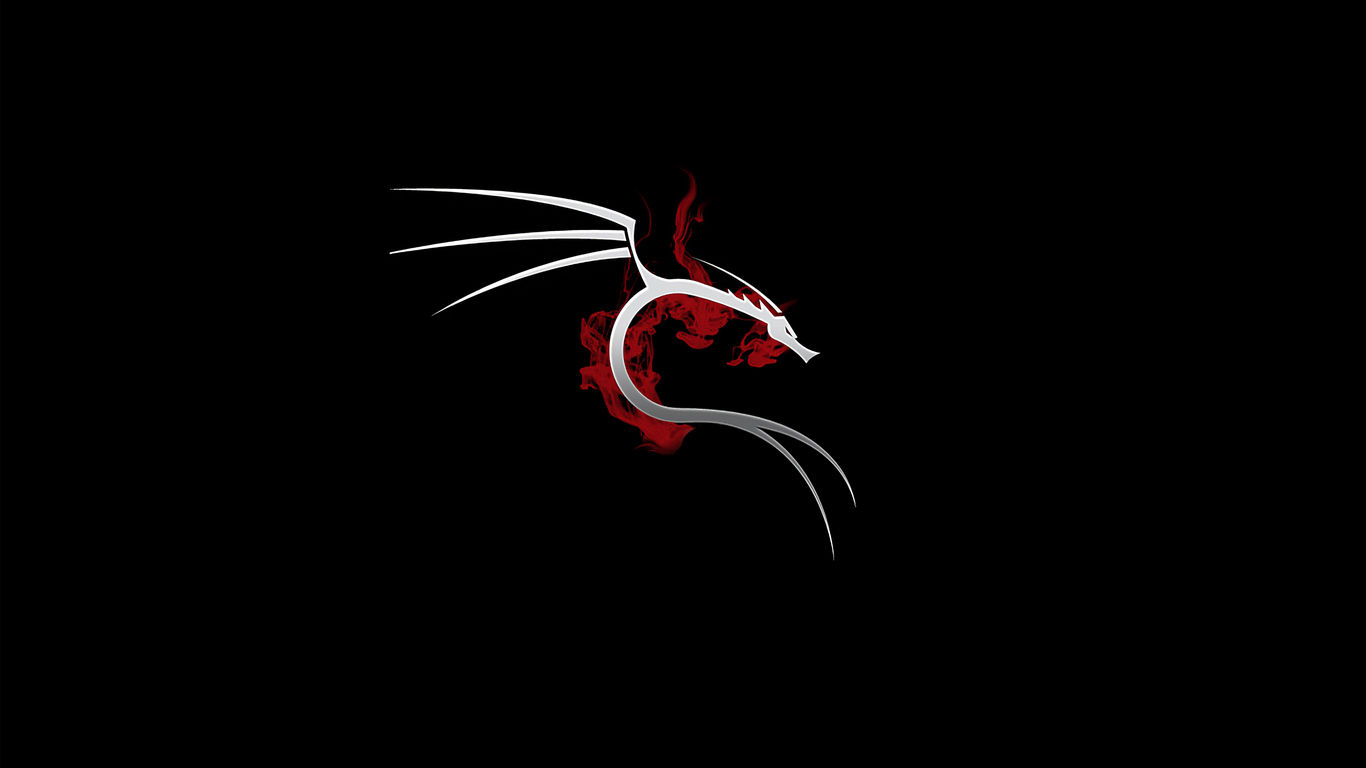The Emerald Serpent: Decoding the Kali Linux Logo
The image, a sleek, emerald green serpent coiled against a pitch-black background, isn't just a pretty picture; it's the iconic logo of Kali Linux, a powerful and widely-respected penetration testing distribution. More than just an operating system, Kali represents a potent symbol within the cybersecurity world, evoking a sense of both danger and expertise. This post delves deep into the visual design, its symbolic meaning, the history behind it, and the fascinating stories woven into its digital legacy.
The Visual Language of Power and Stealth:
The logo itself is a minimalist masterpiece. The vibrant, almost phosphorescent green stands out sharply against the absolute blackness, immediately capturing the eye. This stark contrast mirrors the core function of Kali Linux – to penetrate and expose vulnerabilities hidden within seemingly impenetrable systems. The green itself carries symbolic weight; often associated with nature, growth, and even poison, it's a color that simultaneously hints at the power of Kali and the potential dangers it represents.
The serpent form, stylized yet instantly recognizable, is equally powerful. Serpents have long held multifaceted symbolic meaning across cultures. They represent both destruction and renewal, wisdom and danger, healing and poison. In this context, the serpent's cunning and stealth embody the subtle, strategic approach required for successful penetration testing. The sinuous curves of its body, the sharp angles of its head, and the subtle flare of its wings (represented by the radiating lines) all contribute to a dynamic and visually arresting image. It's not a static symbol; it feels poised, ready to strike. The lack of unnecessary details keeps the focus sharp on its essence: power, subtlety, and the potential for both creation and destruction.
Beyond the Aesthetics: The History and Significance of Kali Linux
The Kali Linux logo isn't just an afterthought; it's an integral part of the operating system's identity. The distribution itself is a direct descendant of BackTrack, a similarly powerful penetration testing platform. BackTrack, known for its extensive collection of security auditing tools, held its own formidable reputation. However, its development became fragmented, leading to the creation of Kali Linux in 2013 by Offensive Security. This transition was more than just a technical upgrade; it signified a renewed commitment to providing a streamlined, highly focused, and rigorously maintained penetration testing distribution.
The name "Kali" is itself a significant choice. In Hindu mythology, Kali is a powerful goddess, often associated with destruction and transformation. While some might find this a provocative choice, it accurately reflects the role of Kali Linux. The tools within the OS are capable of causing significant damage if misused, highlighting the need for responsible use and ethical considerations within the cybersecurity field. Choosing the name Kali, therefore, wasn't simply a random selection; it was a deliberate decision reflecting the potent capabilities of the distribution.
The Stories Behind the Tools: Ethical Hacking and Digital Responsibility
Kali Linux isn't a tool for malicious activity; it's a crucial instrument in the hands of ethical hackers and cybersecurity professionals. The stories behind the tools within Kali are often tales of innovation, ingenuity, and the constant arms race against cyber threats. Each program, each script, represents countless hours of research, development, and testing. These tools are used to proactively identify vulnerabilities in systems and networks, helping organizations protect themselves from malicious actors.
Consider the story of a penetration tester using Kali Linux to uncover a critical vulnerability in a hospital's network. The potential consequences of an exploit could have been catastrophic – patient data breaches, disruption of essential medical equipment. Thanks to the tester's expertise and Kali's powerful tools, the vulnerability was identified and patched, preventing a potentially devastating attack. This is just one example of the countless ways Kali Linux contributes to a safer digital world.
The Ongoing Evolution: Kali Linux and the Future of Cybersecurity
The Kali Linux logo remains consistent, a symbol of stability and reliability within the constantly evolving landscape of cybersecurity. Yet, the underlying OS is continuously updated and improved. The addition of new tools, the refinement of existing ones, and the adaptation to emerging threats are all testaments to the ongoing dedication of the Kali Linux development team. The emerald serpent, then, is not just a static image; it represents the dynamic, ever-adapting nature of the cybersecurity field itself.
The Legacy of a Logo: More Than Just an Image
In conclusion, the Kali Linux logo is far more than just a visual element. It's a powerful symbol embodying the complexities of the cybersecurity world – a blend of power, stealth, and the potential for both destruction and creation. It represents a tool used by skilled professionals to protect the digital world, a testament to human ingenuity in the face of increasingly sophisticated threats. It is a symbol that is both feared and respected, a constant reminder of the intricate balance between security and vulnerability in the digital age. The emerald serpent continues to coil its way through the ever-expanding digital realm, a potent emblem of Kali Linux's role in ensuring the safety and security of our interconnected world.



















